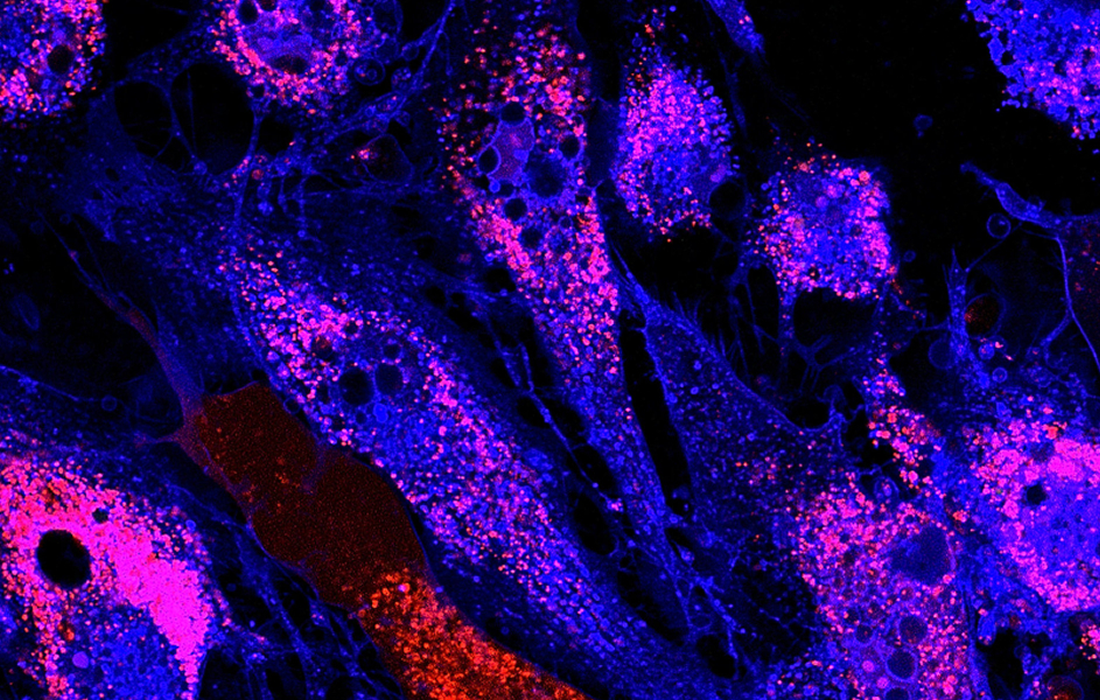Regenerative Medicine News and General Information
New Studies Evaluated How to Enhance Potency of Mesenchymal Stem Cells
The current classification of MSCs was set by the International Society of Cellular Therapy (ISCT) in the position paper by Dominici et al. This listed the three minimal criteria that must be met to define cells as MSCs: plastic adherence, tri-lineage differentiation potential (osteogenic, chondrogenic and adipogenic).
In addition to the minimal criteria, MSCs have also been described as hypo-immunogenic, though current research disputes this and have described them as immune-evasive, and immunomodulatory.
MSCs have been isolated from a number of tissues including the bone marrow (BM), adipose tissue (AT), umbilical cord blood (UCB), Wharton’s jelly and dental pulp. UCB-MSCs have faster growth rates than BM- and AT-MSCs.
CD271, also known as low-affinity nerve growth factor receptor (LNGFR) or p75 NTR (neurotrophin receptor), is one putative marker that potentially identifies a pure MSC population. Even at low concentrations, this factor (CD271) has the ability to inhibit mononuclear cell proliferation when compared to MSCs populations with negative CD271.
These results suggest that isolation of CD271+ cells could produce a population of stem cells with greater potential, having a stronger differentiation and immunomodulatory potential, fewer cells would be needed to be isolated. However, the feasibility of using specific markers for MSCs is still unclear and more work is required to evaluate the potential of these cells for therapeutic properties.
As well as selecting specific cells from a defined tissue source, alterations to the standard method of cell expansion can have a positive impact on the potency of the resulting cell product. MSCs are highly responsive to chemical and physical signals. Some modifications are:
Serum
Possibly one of the most common alterations to standard MSC culture conditions is the replacement of foetal calf serum (FCS), also known as foetal bovine serum. The use of this type of serum can retain bovine proteins on their cell surface and can cause an allergic reaction in the receiving patients. An alternative being considered is the use of human serum and platelet lysate, both form human sources. The use of autologous serum would reduce the chance of negative reactions occurring from the serum-cultured cells.
Platelet lysate is obtained through repeated freeze-thaw cycles of platelets isolated from peripheral blood. Human platelet lysate has been found to be applicable for the in vitro expansion of epithelial cells, fibroblasts and MSCs from multiple sources.
Growth Factor Supplements
The addition of recombinant growth factors in serum-supplemented media can enhance the growth potential of MSCs, making shorter culture times as effective as longer periods. Additionally, media containing recombinant growth factors could entirely replace serum supplementation in culture media.
Some of the factors include fibroblast growth factor 2 (FGF-2) that has shown to enhance the growth of MSCs in culture, as well as the eventual differentiation of the cells. Platelet-derived growth factor (PDGF) is another growth factor often used to supplement MSC culture medium.
Hypoxia
Certain culture modifications aim to replicate the internal environment that MSCs are subjected to within the body. Currently, the standard culture environment for cells is in an incubator at 37°C with 5% CO2 and 20% O2; however, the oxygen content within our bodies varies from 1-11%. The main consensus is that a hypoxic environment can maintain stemness in a cell population.
Mechanical Stimulation
Similar to hypoxia, the addition of mechanical stimulation to culture is also based on physiological conditions. As the body moves and the blood pumps, cells are subject to a degree of shear stress. This can be replicated in vitro with the use of bioreactors in which cells can be cultured.
Genetic modification
Numerous studies in rodent and murine models have found that insertion of new genes into the genome of the MSC can prolong their survival, improve their functional characteristics and enhance their production of therapeutic proteins.
For example, the induced expression of CXCR4 in MSCs has been shown to enhance their homing potential and has led to improved repair of cardiac, liver and bone tissues. The overexpression of BCL-2 has been shown to protect cells from apoptosis and improve their differentiation potential.
There is an increasing demand for mesenchymal stem cells in clinical applications; however, to date the research successes have yet to be translated into large randomized clinical trials in order to these therapies full potential can be exploited.
Source:
Müller S, Dalgarno K, Dickinson A, Wang XN, Nicholson L (2015) Enhancing the Potency of Mesenchymal Stem Cells for Tissue Regeneration. Int J Stem Cell Res Ther 2:013. 10.23937/2469-570X/1410013

